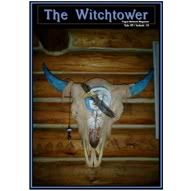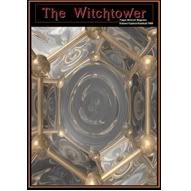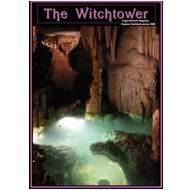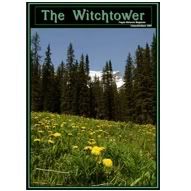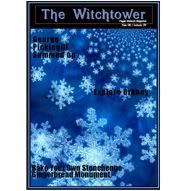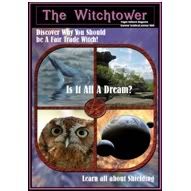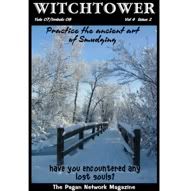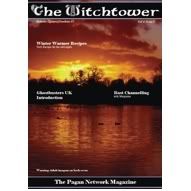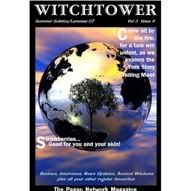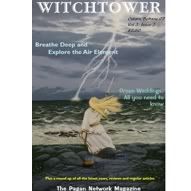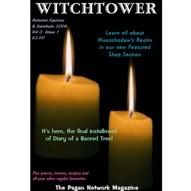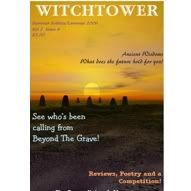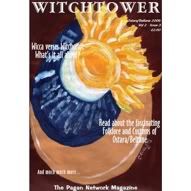Magic - how does it work? Well much of it, whoever does it and no matter what their system may be called, seems to be about symbolic representation of a desired outcome. You get this picture in your head of what you want to happen and then make a pattern in the here-and-now of how it should be. That pattern can of course involve actions and spoken words, but it will often include a written or drawn component. This isn't anything new. People have been doing this stuff for millennia.
It used to be said that what made people different from animals was the use of tools, but now we know of many animals who use twigs, rocks and other things to get food. Perhaps it is symbolic thought that really makes humans different? People have been making drawings for thousands of years, and that is remarkable. Even more remarkable is that people have been using small inscribed, drawn or carved marks for at least the last 7,000 years, some say 20,000 years, to represent things in a much more abstract way and that writing was invented in at least four different places.
Writing was seen as something wonderful by those who first used it. In many mythologies it had a divine origin having been invented by a deity; Thoth in ancient Egypt, Enlil in Sumeria, Ogma in Ireland or Odin - though he of course dredged the runes from the Well of Mimir so in a sense they already existed. Most people have lost their wonder at the strange way in which written language can express or record thought or be used to create thought - it's worth stopping to think about that again. Who is the god of the text message? We all know the power of names and words in magical terms - could the next Pagan best-seller be a book on text-message magic?
The first writing was probably ideographic, that is based on pictorial representations of things. It may also have been a good representation of the true nature of what it portrayed. A simple graphic image can also have many subtle shades of meaning associated with it. Of course that may make it difficult to be precise in setting down what is meant. A progression from simple pictures would be hieroglyphics in which the individual elements in a script represent something far more than just a literal interpretation - an ear of corn isn't just that but could mean harvest, for example. This fits neatly with the ideas of The Doctrine of Signatures that the spiritual or magical essence of something is represented by its form. However the writing that has become universal is phonetically based and in it letters represent sounds in a spoken language, though that might be hard to see in some languages like English, and this is a more abstract way of recording concepts.
In some languages letters were used as substitutes for numbers, until these were invented later. This accounts for the strong association between numbers and letters in the Hebrew alphabet, which makes it possible to find the numerical values of words and find correspondences that would otherwise be missed. (Not my idea of fun) Some early magical alphabets, such as Theban first recorded by Johannes Trithemius in Polygraphia published in 1518 and Celestial invented by H C Agrippa in 1531 were derived from the Hebrew alphabet. These appear in early grimoires and later books such as, for example, Francis Barrett's book The Magus published in 1801. I wonder though how much magic there is in simply substituting one symbol for another in a text, but no doubt the extra concentration required to write out the transliteration helps focus magical intent.
